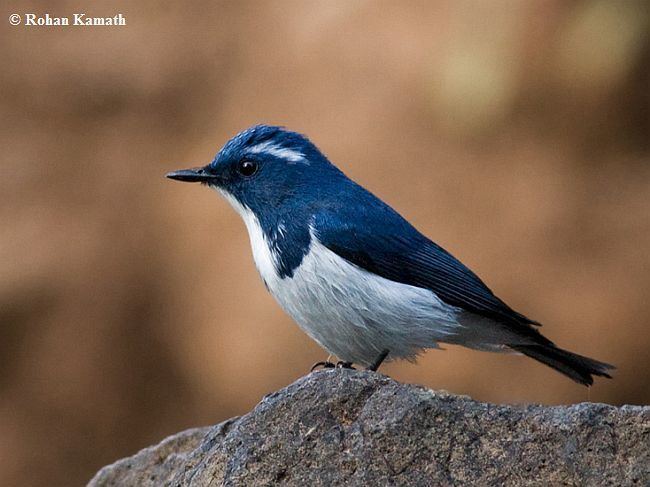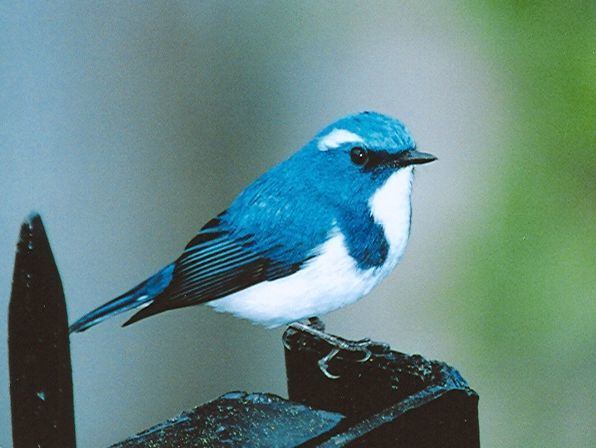Order Passeriformes | Phylum Chordata Family Muscicapidae Scientific name Ficedula superciliaris Rank Species | |
 | ||
Similar Bird, Old World flycatcher, Ficedula, Tickell's blue flycatcher, Rufous‑gorgeted flycatcher | ||
Ultramarine flycatcher ficedula superciliaris
The ultramarine flycatcher or the white-browed blue flycatcher (Ficedula superciliaris) is a small arboreal Old World flycatcher in the ficedula family that breeds in the foothills of the Himalayas and winters in southern India.
Contents

Distribution

Summer: Common breeding visitor to the western Himalayas, from Jammu and Kashmir and Himachal Pradesh to Uttarakhand (western race), and intergrading within Nepal with the eastern race aestigma which continues in the eastern Himalayas through Bhutan to Arunachal Pradesh. Breeding between 2000–2700 m, occasionally as low as 1800 and as high as 3200 m. Also in the lower hills of Meghalaya and Nagaland, Khasi and Cachar hills, sometimes considered a third race; winter movements of this population is not known. Habitat: Open, mixed forests of oak, rhododendron, pine, fir, etc., occasionally orchards.

Winter: Central India from Delhi south to northern Maharashtra, Goa, northern Maharashtra, and eastward to Andhra Pradesh and Odisha. Wintering populations in the eastern states, possibly from Nepal/Sikkim, are mixed: a good part of this population also have white supercilium and basal tail patches (see description below).
Description

Somewhat smaller than a sparrow (ca. 10 cm) and with a stocky build. The male is deep blue above, sides of head and neck are deep blue, and a prominent white patch runs from centre of throat, through breast to belly. The amount of white on the brow and tail show clinal variation from West to East along the Himalayan foothills, which is sometimes taken to distinguish three races:
Usually singly, though sometimes in mixed hunting parties in the winter. Keeps largely to the low trees and bushes, feeding among the foliage canopy, not venturing much into the open. Constantly jerks up its tail, often accompanied by fluffing of head feathers and trrr note, especially in proximity of nest. Diet is mainly insects.
